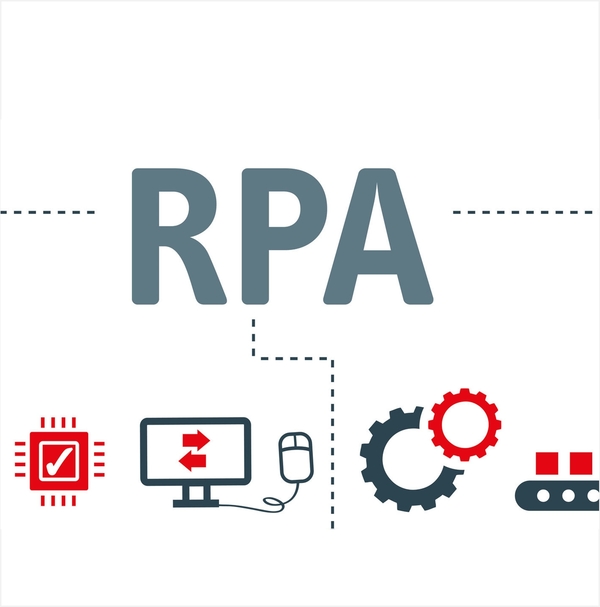
SAP Process Automation offers low-code RPA, workflow tool
SAP Process Automation combines SAP Workflow Management, which launched in 2009 to digitize workflows, and SAP Intelligent Robotic Process Automation (RPA), which came out in 2018 to automate workflows, into one package. The combined tool uses a low-code, no-code drag-and-drop user interface that enables business professionals and citizen developers to create and automate process workflows.
The product, which is available now, is an extension of SAP’s investment in process automation technology, according to Sebastian Schrötel, head of low-code and no-code products at SAP.
“Now we are taking the next step in creating a unified process automation offering,” Schrötel said. “We’re merging this workflow world together with the RPA world, and we’re making it one end-to-end product.”
The combination was driven in large part by customers asking SAP to help them integrate automation into workflow tasks, he said.
“It’s not just combing the two products,” Schrötel said. “We are adding something new on top that allows this whole process automation world to be used by citizen developers with a no-code experience that is augmented with AI for some of the tasks.”
For example, one pharmaceutical company experienced a spike in sales after the COVID-19 pandemic hit. Many of the orders were coming in via e-mail with attachments. The company used SAP Intelligent RPA to automate the incoming sales order process to digitize the orders and enter them into the system. When it implemented SAP Process Automation, the company could then route the orders under various process conditions.
“The business rules frameworks are embedded in SAP Process Automation, which enables customers to add business rules and have a complete decision framework,” Schrötel said. “If the order is dead, do that; if it’s across a certain threshold, then set different approvals and so on.”
Process automation has become an important software in ERP systems.
Process automation is a key driver for businesses that need to reduce operating costs and improve cycle times. Companies are also interested in providing business users with the skills to use process automation tools, so they need a solution like SAP Process Automation that combines low-code capabilities and workflow automation with process mining, intelligent document processing, and AI-assisted decision making.
SAP is on trend with this combination and, given how much improvement is going on in the processes supported by SAP applications, this offering fits into a ready-made market.
The release of SAP Process Automation shows that SAP is serious about providing workflow automation and ERP modernization.
In Sum, This arrangement is good news to customers, as SAP is willing to invest heavily in these tools

